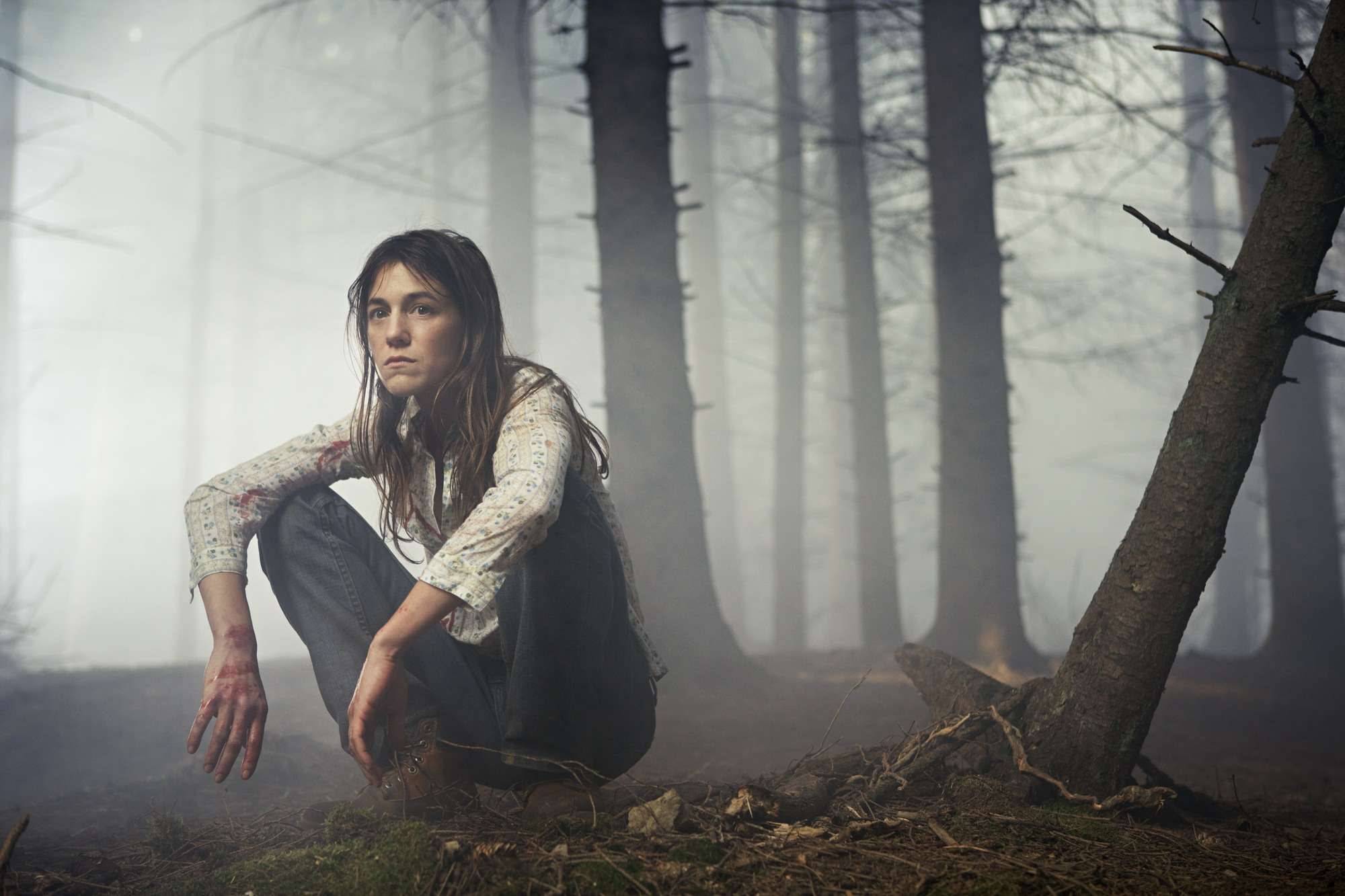
Unlike most people, director Lars von Trier truly understands Adolf Hitler. Not in a weird way; he doesn’t have an altar for the Führer in his house. He understands the man, the human being behind the monster, because von Trier is a deep guy who doesn’t judge a book by its cover. Although the title “genocidal maniac” should be enough for distrusting Mr. Hitler.
Given his understanding of people’s hidden personalities, von Trier is a master at writing believable characters for his actors. He’s also an expert in casting the right interpreters needed to carry his movies on their shoulders, due to stories about von Trier relying heavily in the protagonist’s dedication.
It’s not easy to act in von Trier’s tragedies. His movies are often very tough to film; the shooting environment tends to be uncomfortable for actors that aren’t used to working with him.
Stellan Skarsgård described it to Paul Bettany as a “party all the time,” in an attempt to convince him to play Tom Edison in “Dogville”. When Bettany found out that making the movie was the opposite of a party and a “hideous” overall experience, Skarsgård admitted that it was all a lie, he just wanted to get Bettany to join him.
All the following actors had to face huge obstacles to deliver an outstanding performance, and they all succeeded, though some more than others.
WARNING: This list is as spoiler filled as George R. R. Martin’s head, so proceed with caution.
10. Stellan Skarsgård in Breaking the Waves
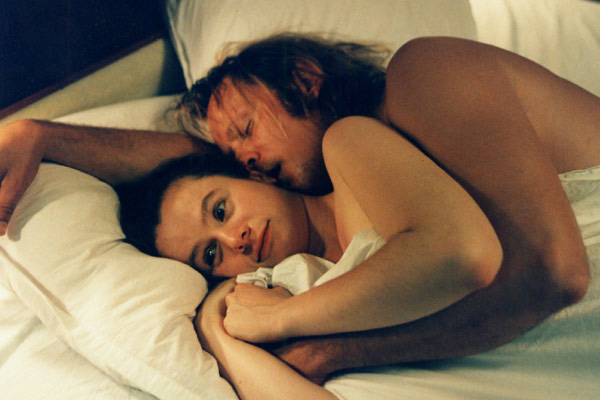
I’ve never seen any other love story in which the actors playing the lovers had such chemistry as the central couple in “Breaking the Waves”. They both seem to love each other very much, and the interesting thing is that von Trier managed to portray this with little to no dialogue.
Their moments together are incredibly genuine; unlike other films in which couples constantly talk about how they couldn’t live without their partner, Stellan Skarsgård and Emily Watson get along perfectly without having to constantly remark on that fact.
Skarsgård’s performance is the second best in the film, right behind Watson’s. He convincingly plays an oil driller named Jan that loves a mentally unbalanced woman. They’re forced to deal with a series of deeply unfortunate events that turn their relationship into a nightmare.
After a drilling accident, Jan becomes a paraplegic, and his personality suddenly changes along with the rise of his frustration. Skarsgård practically plays two characters: the easygoing and sweet husband before the accident, and the desperate cripple who has lost all hope for the future. It’s heartbreaking to see how he gets swollen in a pit of self-pity, but Skarsgård is great at portraying this suffering.
Best Scene in the Film: Men of his profession are forced to work in a platform in the middle of the ocean. They’re absent from their homes for months at a time.
When Bess, Jan’s wife, realizes he has to leave, she runs to the docks and starts screaming hysterically as she hits a beam with a stick, making a loud metallic sound. Jan goes after her and tries to console his wife. He removes the stick from her hands and hits the beam a few times while laughing and holding Bess in his other arm. He’s not bothered by her eccentric actions, in fact, he seems to even be charmed by them.
This small gesture shows that Jan is the only one who really understands her and loves her. It’s apparent, later in the film, when Bess’s own family kicks her out.
9. David Morse in Dancer in the Dark
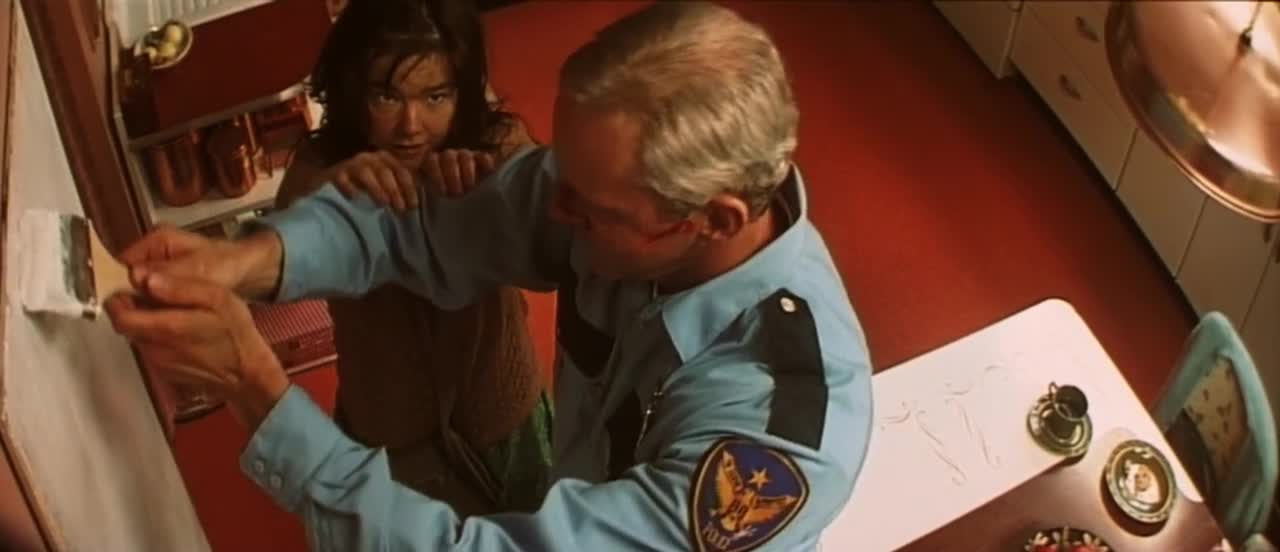
Most modern films have divorced themselves from the idea of Good vs. Evil, which has dominated narrative mediums since the beginning of time. Nowadays, storytellers prefer to portray antagonists as selfish idiots, hungry for power or just doers of what they think is right. They tend to have understandable reasons that end up cracking their weak character, as opposed to just being mean for plot purposes.
This is the case of Morse’s character in “Dancer in the Dark”. He plays a cop named Bill, who inherited a large sum of money and lives a comfortable life along with his wife. They rent the trailer next door to a happy woman named Selma. She and Bill seem to trust one another with their secrets and worries, such as Selma going blind and Bill running out of money.
One day, Bill notices that his tenant saves a few thousand dollars in a poorly hidden can, and he doesn’t hesitate in stealing it. Selma then finds out and the drama of the film takes its course.
Morse portrays this desperate man perfectly as he cowardly puts himself above everybody, guided by his selfishness and egoism. The bitter tears shed by Morse are contrasted with his violent and criminal actions. The actor is capable of shifting easily between emotional states, from torn apart and insignificant to threatening and scary.
Morse’s hideous expression and his red-colored face as he plans his infamous robbery is how his character would be remembered.
Best Scene in the Film: Selma watches speechlessly as Bill becomes an entirely different person when she asks for the money he stole. The cowardly cop destroys her life as he tries to incriminate her for stealing his supposed savings, points his gun towards Selma, and even begs her to kill him in a final act of cowardice.
8. Jamie Bell in Nymphomaniac II
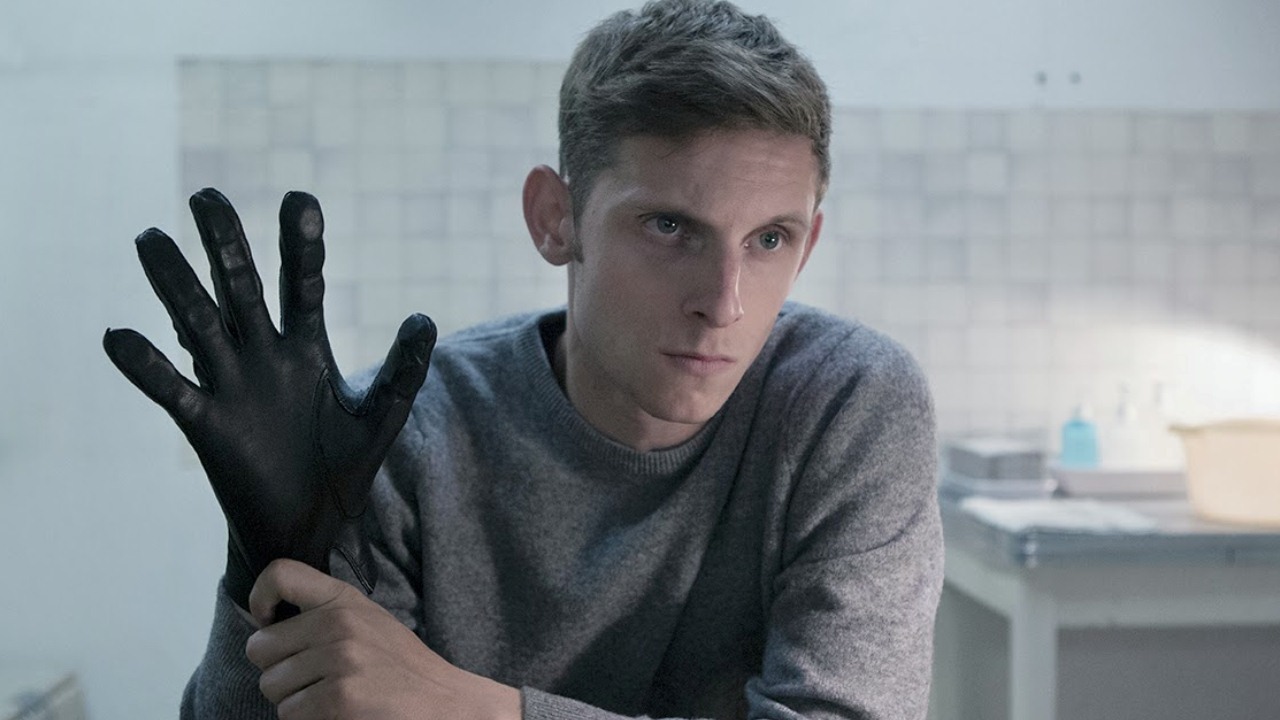
After playing Tintin, Jamie Bell was looking for new challenges in his career before ruining it by appearing in the last “Fantastic Four” film. I have to admit that it was a surprise to see him playing a sadomasochism expert so effectively. He’s the last actor I would’ve cast for that part, but somehow he was perfect for it.
As the protagonist searches for new ways to get sexually aroused, she comes across K’s (Jamie’s character) practice. He doesn’t charge money or request any other kind of compensation. K just wants to do his job; that is, make his clients physically suffer from various creative ways.
Jamie takes control of every scene he’s in. He maintains a frightening level of seriousness at all times, which is why his character is so hard to read. When asked what he gets out of what he does, he simply answers, “that’s my business and I don’t want you to mention it again,” with an absent look on his face.
The absolute coldness by which he acts and the mysterious aura around this character is what makes his performance so great. As an audience, we only see him for a few minutes, but he’s often mentioned and praised in various reviews of this controversial and critically bashed film.
Best Scene in the Film: After neglecting her family for a long time, the protagonist finally chooses her sexual needs over her son and husband by abandoning them on Christmas Eve for an appointment with K.
She tries to seduce him but quickly fails to do so. Jamie’s character decides to punish her with the Roman maximum of 40 lashes. After a long time of agonic suffering, accompanied by classical music, she finally gets the craved erotic stimulation she hadn’t felt in a long time.
7. Willem Dafoe in Antichrist
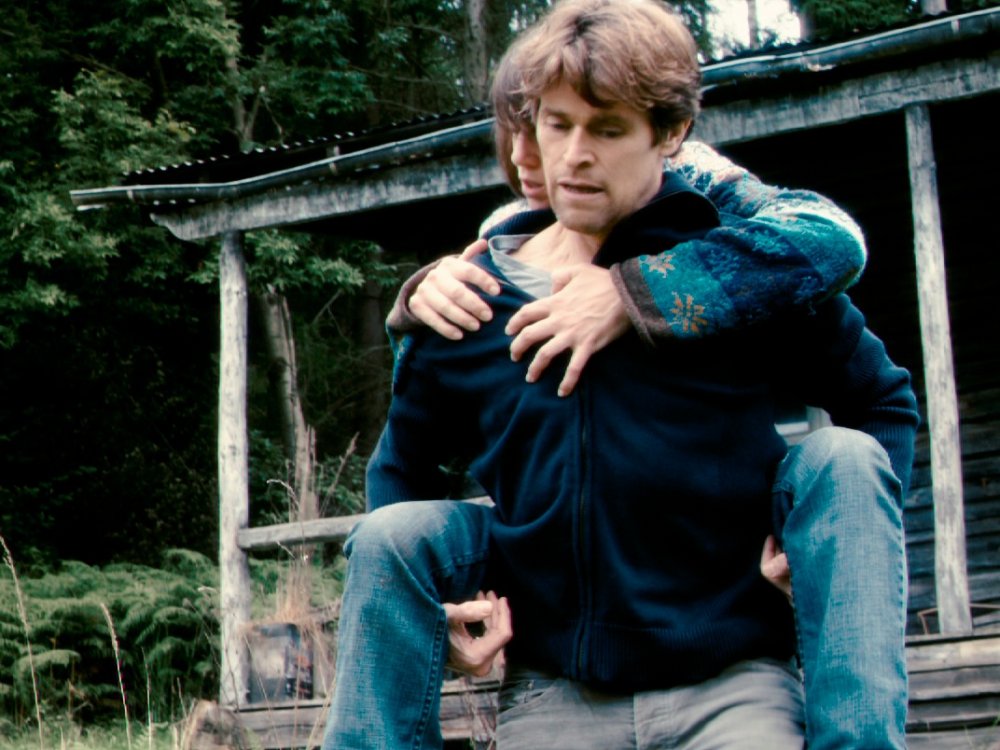
In “Antichrist”, only two actors’ faces are shown and the rest are blurred. The man and woman in the central couple don’t have names, they’re simply referred to as “He” and “She”. Both interpreters had to make use of all of their acting talent to pull this movie together.
Willem Dafoe plays a psychiatrist who lost his son. He’s not as emotionally affected as his wife (Charlotte Gainsbourg), so Dafoe’s character makes an effort to help her by forcing her to confront her grief and fear.
For unknown reasons, he had distanced himself from his wife and child, just before his son’s death. However, he deeply loves his wife, and will put her well being before his own many times throughout the film.
Dafoe’s acting is outstanding; the amount of intimacy he and Gainsbourg portray onscreen is enormous. In most von Trier films, men are passive and mostly secondary characters. This is also the case in “Antichrist”; Dafoe keeps caring for his wife after having many solid reasons to run away from her, but he’s simply too in love, or maybe too interested by her condition.
He sometimes seems desperate when trying to make his wife understand that she has been manipulated. His expressions are of maximum concern and love, but sadly, it is hardly ever corresponded.
Best Scene in the Film: After an intense session of tree sex, Dafoe tries to persuade Gainsbourg by delivering an interesting monologue about the nature of good and evil and the genocide she studied.
He doesn’t know the dreadful fate that awaits him; his gestures of impotence and frustration contrast with the absent look of his wife. He realizes he can’t get into her head, and his time for doing so will run out very soon, but his love is always consistent.
6. Nicole Kidman in Dogville
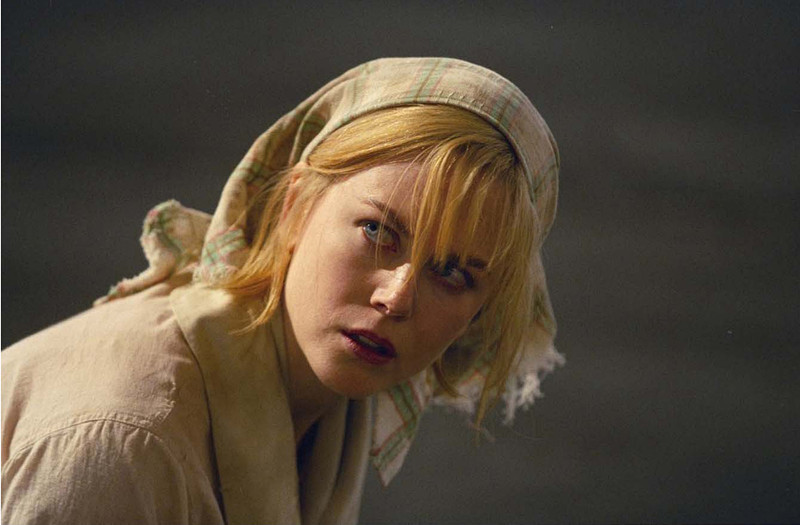
In 2003, von Trier proved once again that huge budgets and realistic set ups aren’t a necessary condition in order to tell a compelling story. “Dogville” was filmed on a soundstage with chalk marks and a few prop walls as houses. However, the plot doesn’t need any extra elements to be interesting.
Grace ends up in an unknown town by accident; she was escaping mobsters and had nowhere else to run but Dogville. The inhabitants decide to test if she is worthy of trust by allowing her to help them in their daily chores. Grace will soon find out the true face of each of the “friendly” folks in Dogville.
This is a film about repressed anger and superficiality. Every person in Dogville is frustrated by their unsatisfying rural life. Each of them is in denial; they appear to be happy, but it’s all a hoax. When they have the slightest control over Grace, Dogville’s population chooses to vent all their restrained emotions onto her.
Kidman plays the frail innocent foreigner who believes that human beings aren’t inherently evil and that everybody deserves forgiveness. She tries to hold on to her morals with stubbornness, but her suffering becomes too intense.
The actress is great at portraying how Grace slowly breaks down. Her gestures of disbelief every time she realizes that somebody, who she thought was nice and honest, is actually selfish and violent, are heartbreaking. Each time this happens, Kidman’s performance shows how her character weakens; her tone of voice gets low and hesitant as she still tries to convince herself that what has happened to her is just an isolated case.
Her eyes are also very expressive. It’s easy to see the sorrow in them when all of her theories are disproven and she has to accept that maybe human beings are not as honorable as she had always thought.
Best Scene in the Film: (heavy spoilers) As Grace is finally free from her captors and is given the power to pulverize the town, she walks through Dogville’s main street in order to decide what to do.
Grace still believes that the villagers deserve a second chance. Suddenly, moonlight swarms the landscape and, as the narrator says, she finally understands that she must judge everyone as she would judge her own actions. It becomes obvious to her at that point that the only thing the people of Dogville deserve is to die.
She gets into her father’s mobster car and says: “If there is any town this world would be better without, this is it.”